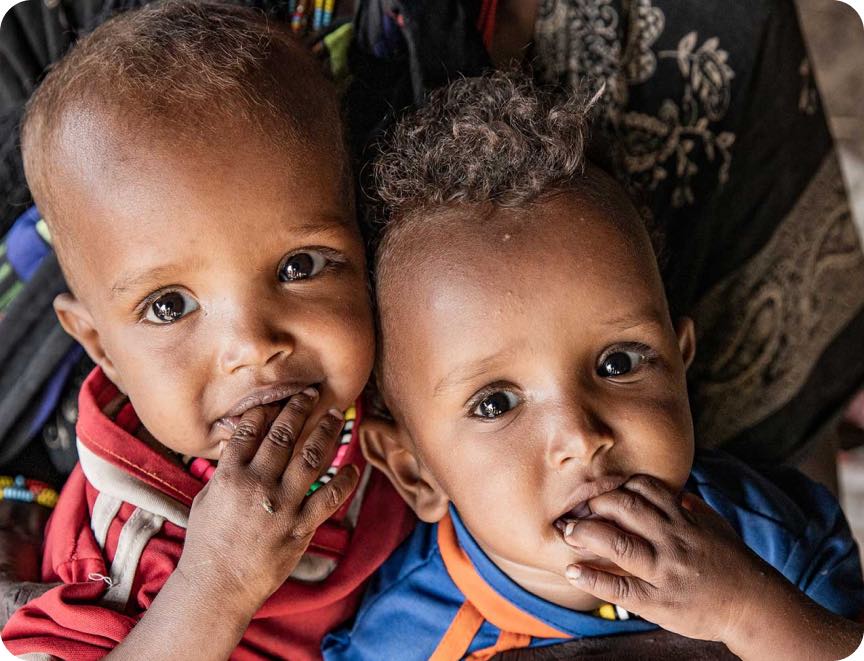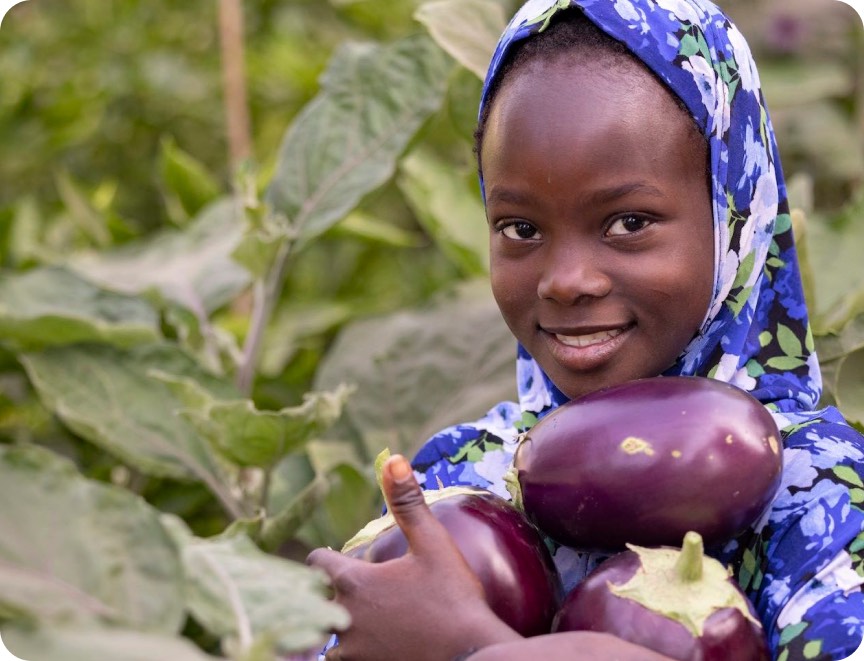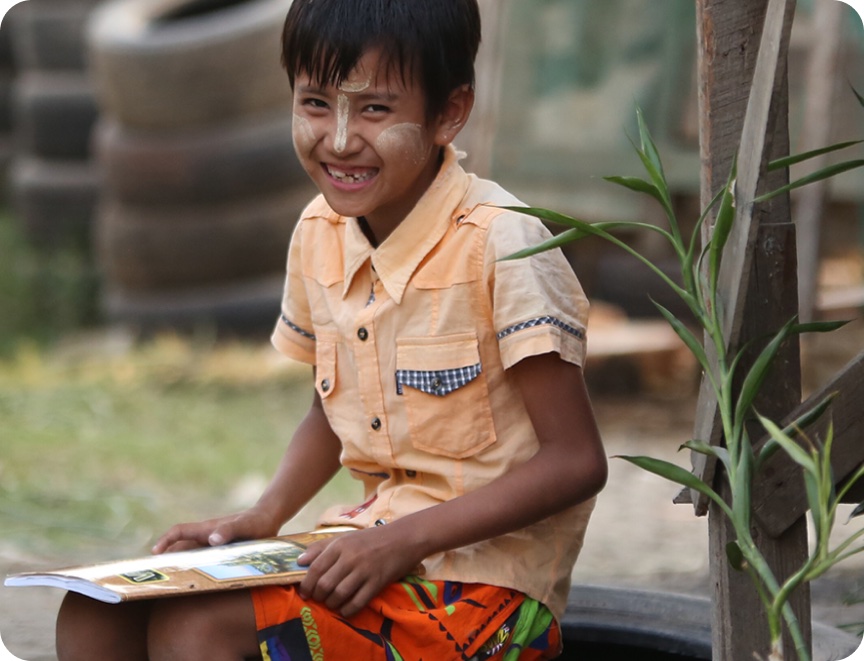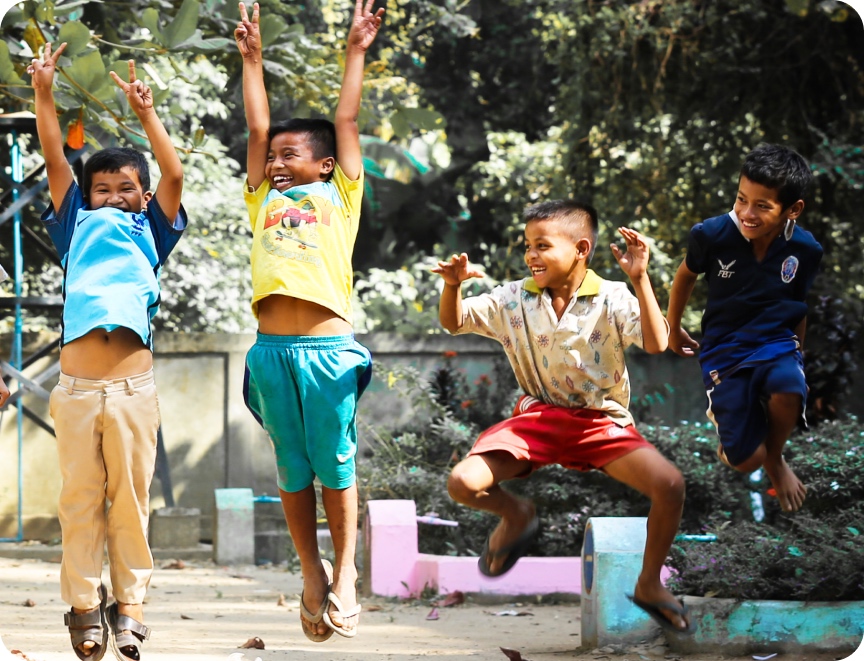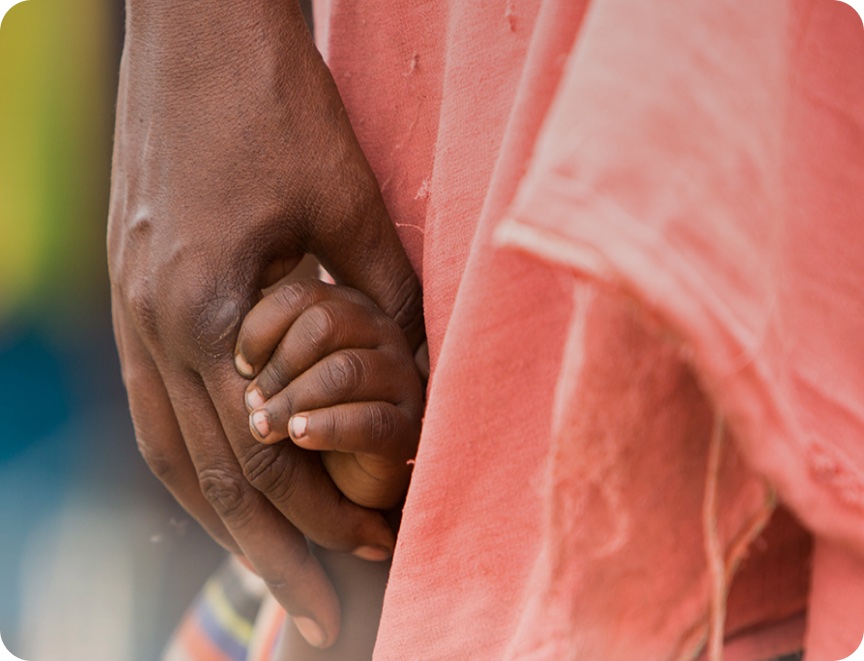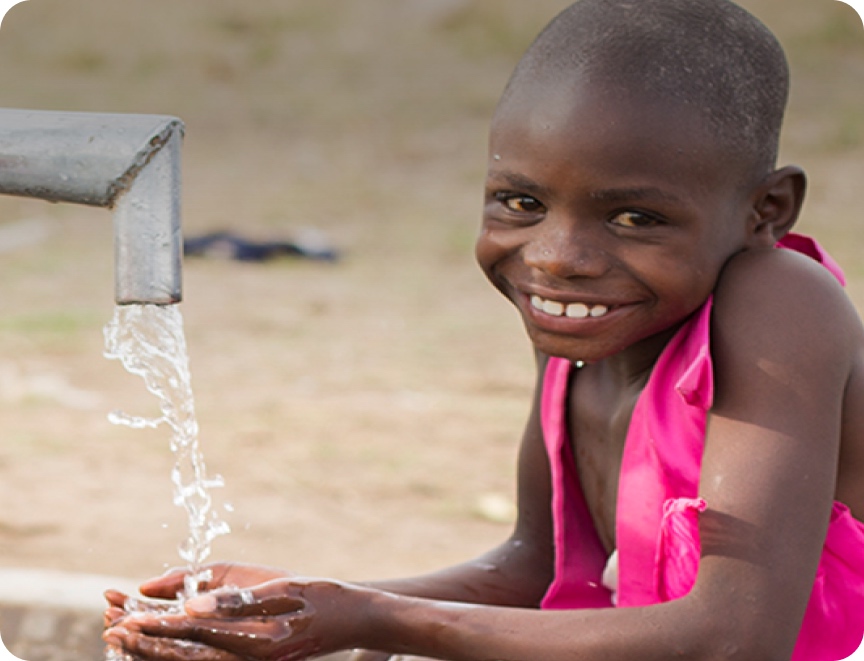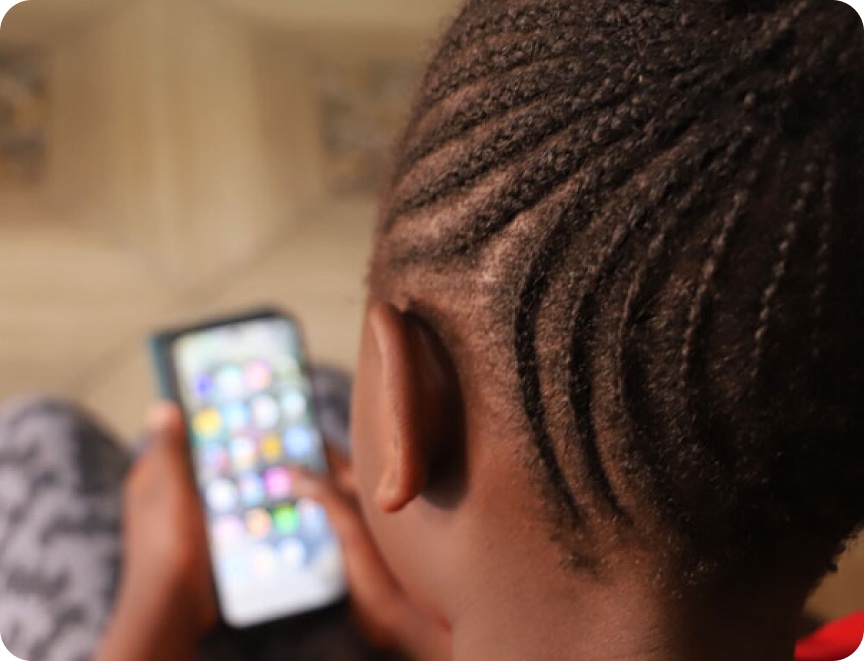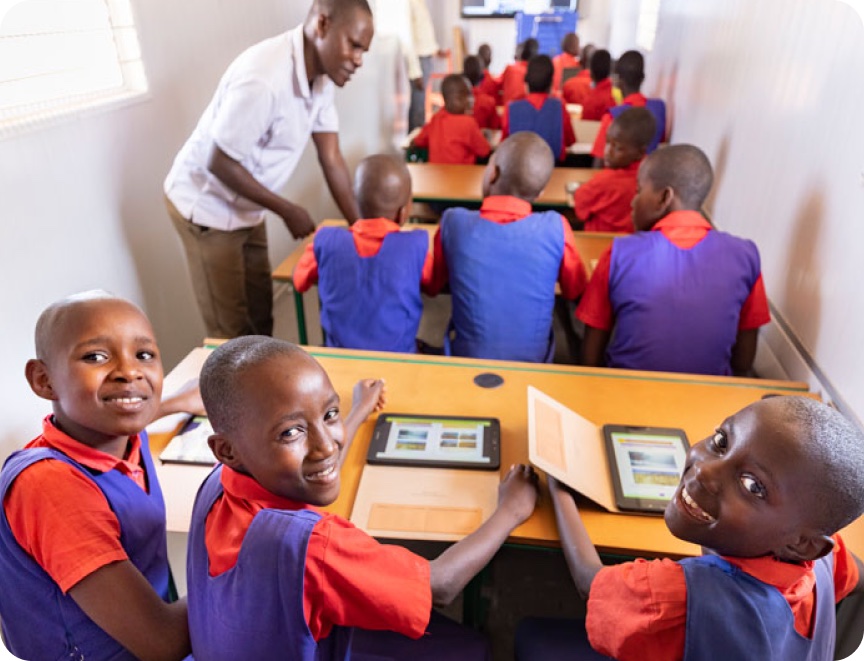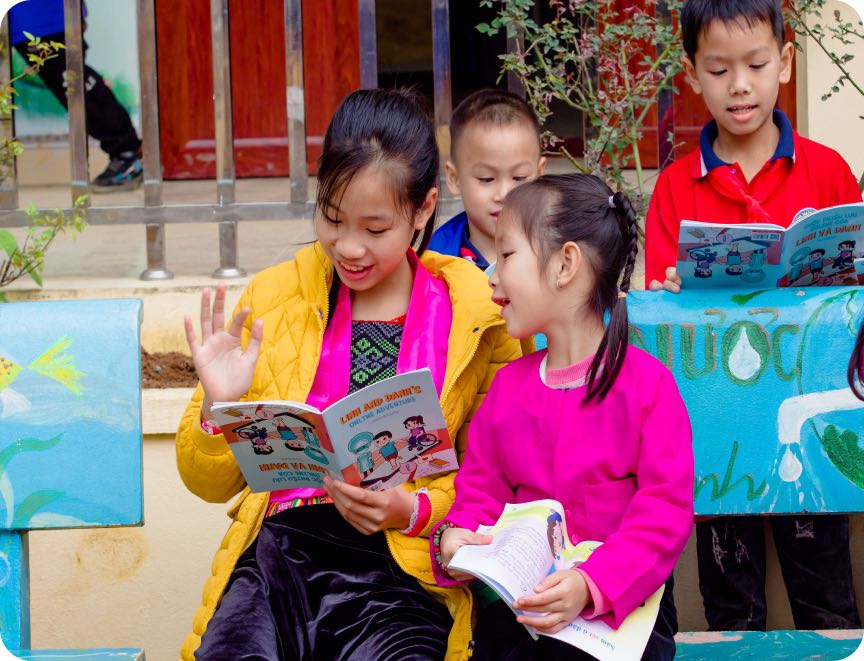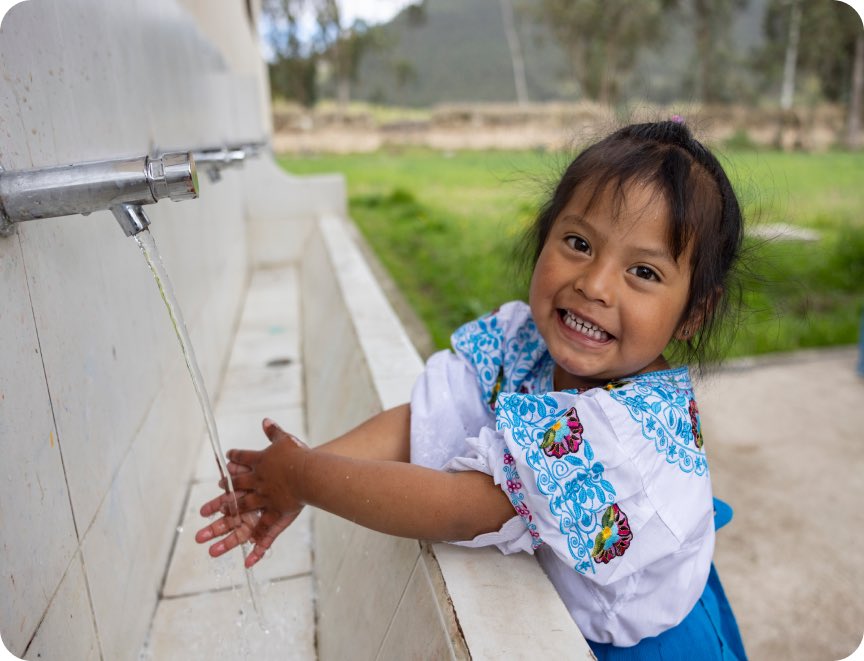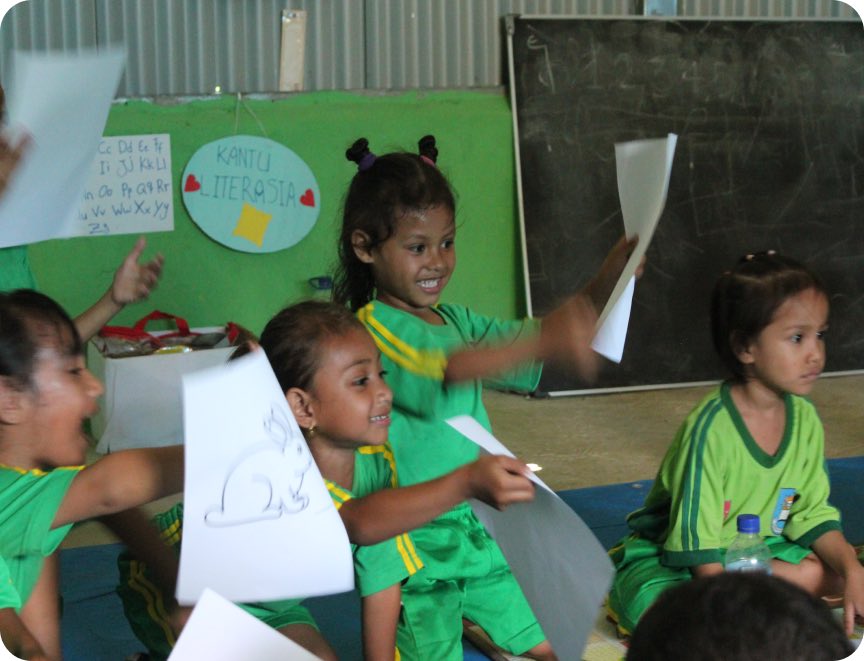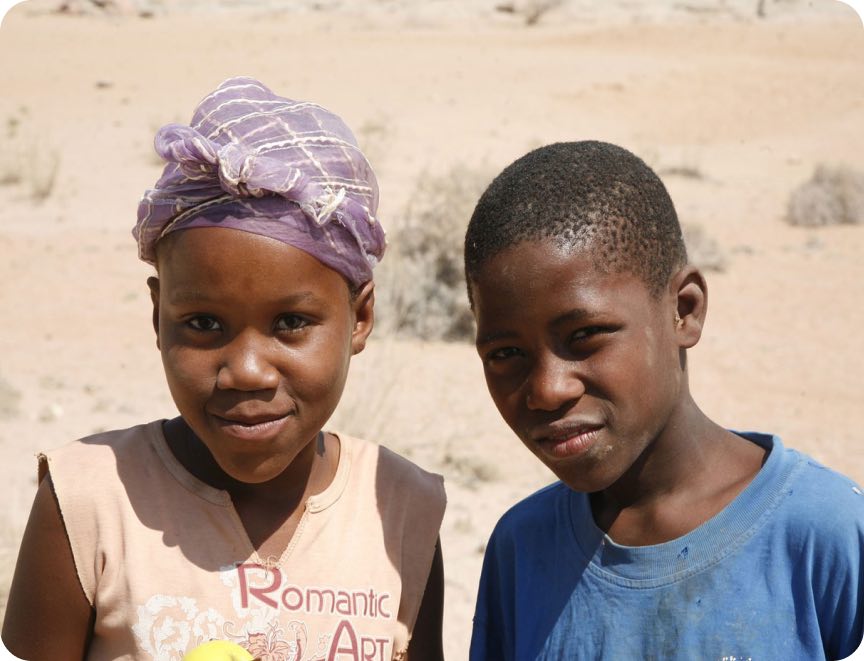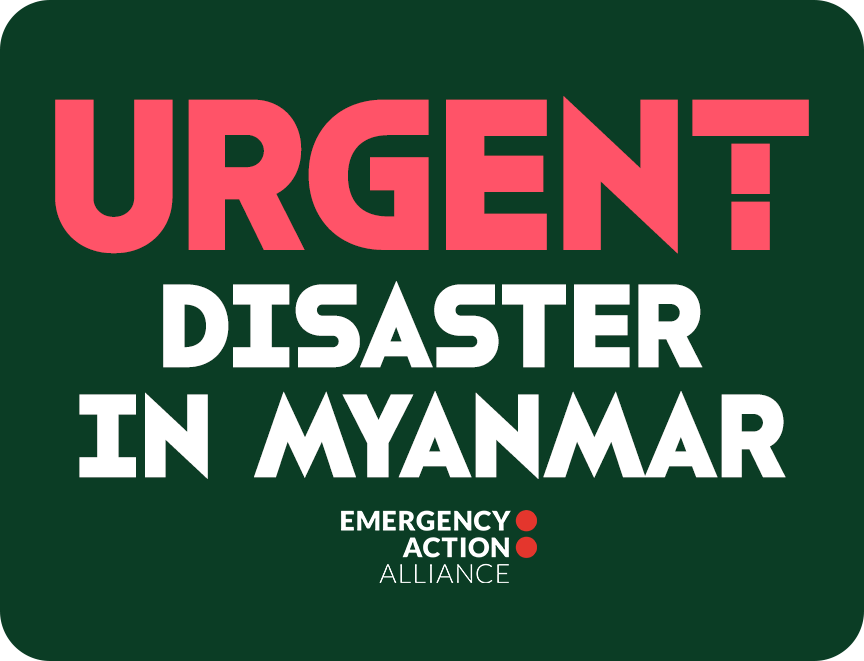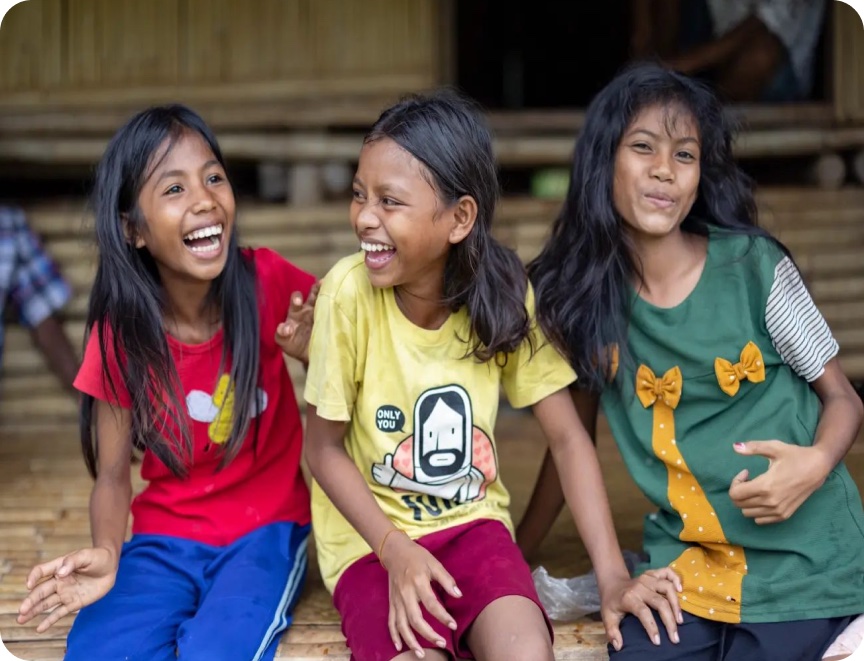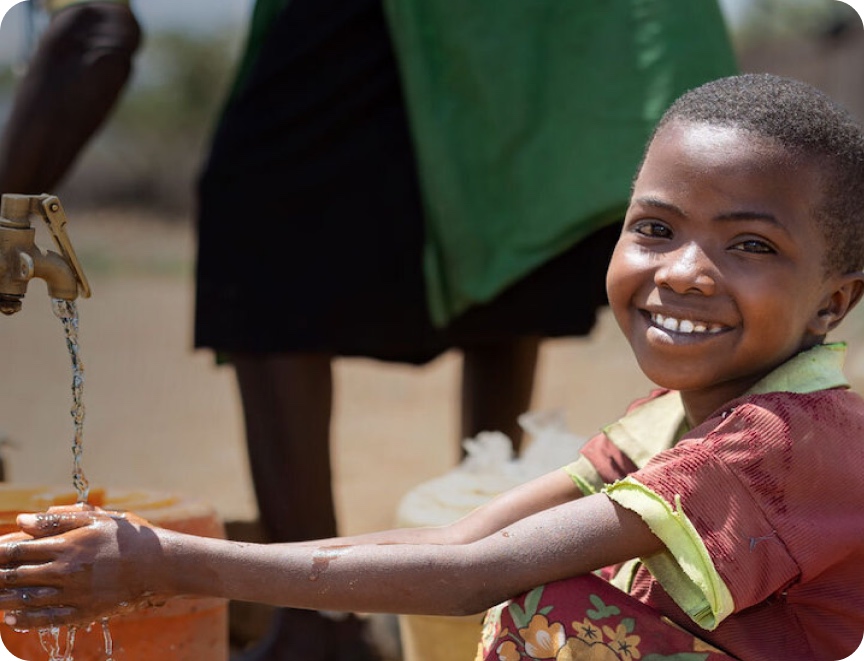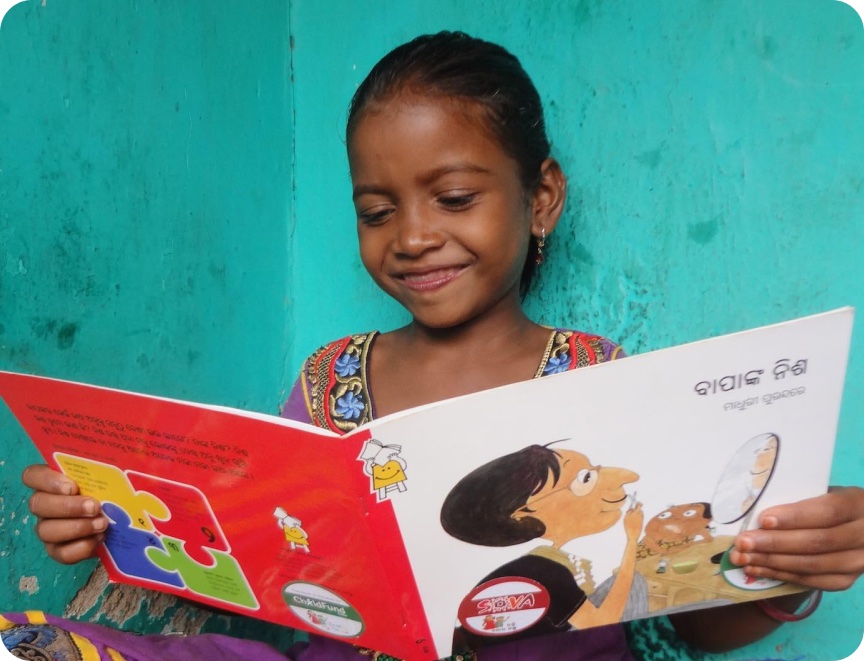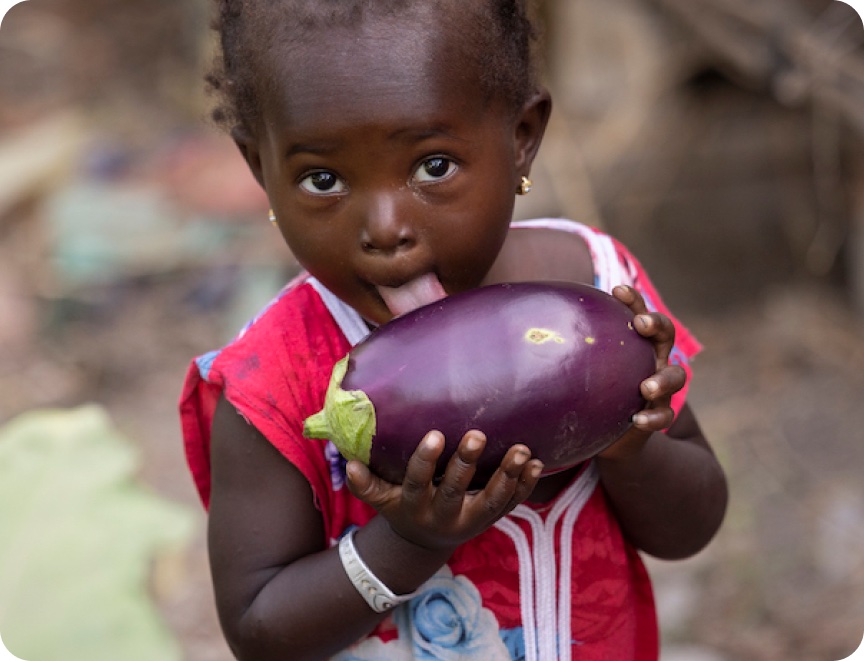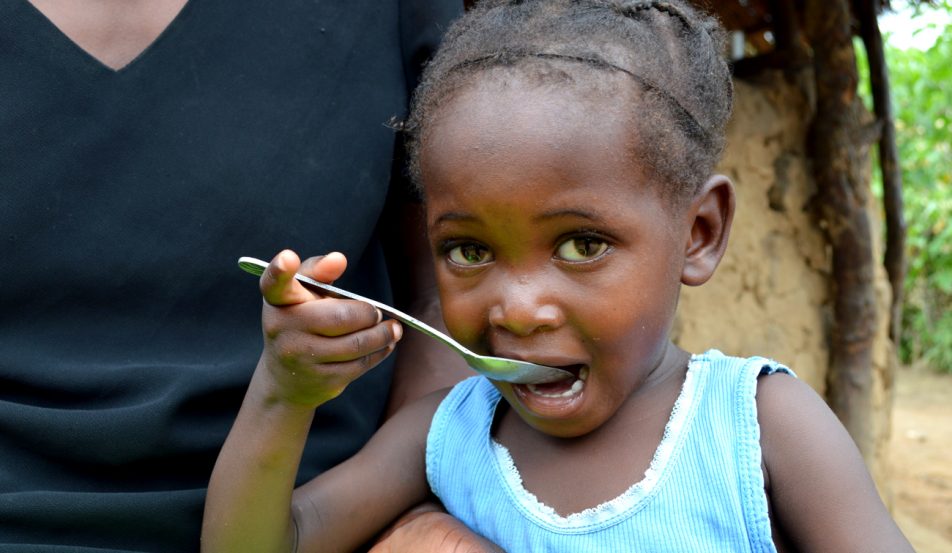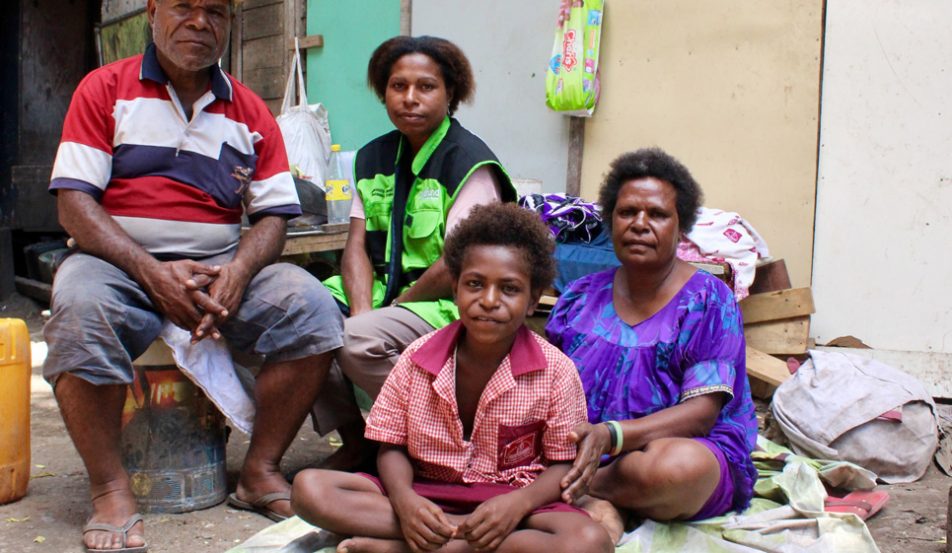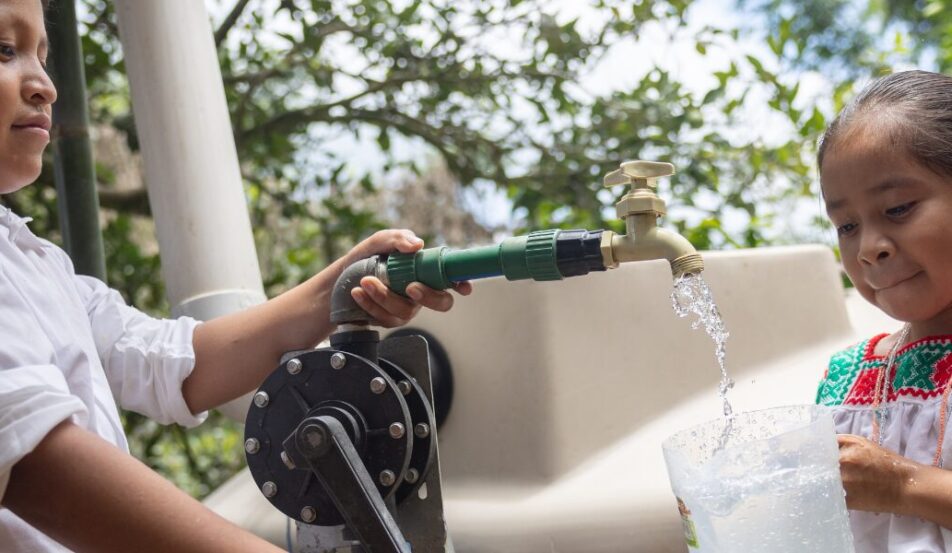Why so many people die from tuberculosis each year
Daniel was 13 years old, had lost half his body weight and could not go to school as he battled a hard-to-detect form of tuberculosis for six months.
His mother Olive, ChildFund Papua New Guinea’s Head of Health Programs, was worried whether he would survive. For a long time, she did not know it was tuberculosis.
“He just lost a lot of weight,” Olive said. “You wouldn’t think it was him. And many of his friends couldn’t recognise him. He couldn’t go to school because of his sickness and he was not the normal active boy he was.
“I think it was really hard for him in terms of his education and it was hard for me and my family to Daniel did not show the most common symptoms of tuberculosis, such as a persistent cough or shortness of breath. This made it hard for Olive to get a diagnosis for her son’s ongoing health issues.“First, he started complaining about having constant abdominal pains and then he started gradually losing weight,” she said.
“Because he was a child I was treating him for worms. I thought that was causing it.”
Tuberculosis is treatable and preventable, but it still the leading cause of infectious death worldwide. Although the disease has been all-but eradicated in most rich countries it continuous to wreak havoc in many of the world’s poorest countries.
A reason the disease does so much damage is that many forms of tuberculosis are difficult to detect and can cause serious effects before being treated.
Olive (pictured below) has studied public health and is a qualified health extension officer. At the time Daniel got sick, she was working on a malaria project. Throughout her career she has seen children battling many diseases, but even she was stumped by the cause of her son’s illness.

As Daniel’s condition worsened, she began to suspect he had tuberculosis. She had him do a test in Port Moresby, but they never got the results. A doctor prescribed him antibiotics but his condition continued to deteriorate.
“I asked the doctor to have a look at him and then she was trying to prescribe the same drugs again so I was not happy,” Olive said.
“I asked her if there was any other treatment or if there’s any other examinations they could do. She wasn’t in favour of what I was suggesting and we had a bit of disagreement. So I asked her if he could go for a scan: a chest X-ray or abdominal X-ray.
“On that same day that I requested the ultrasound scan it was discovered that he had abdominal tuberculosis.”
Like most tuberculosis patients, Daniel noticed an improvement as soon as he started treatment. If tuberculosis had not been confirmed, his fate could have been much worse.
Between 2008 and 2018, more than 58 million lives were saved through tuberculosis diagnosis and treatment, but the disease still kills more than 1 million people each year because they cannot get diagnosed and treated.
Children can be particularly tough to treat and diagnose. Papua New Guinea has one of the world’s highest rates of tuberculosis making children particularly vulnerable.

As someone with a health education and full-time employment, Olive had the knowledge and resources to save her son. However this is not the case for many parents in Papua New Guinea. Her son is now a healthy 24-year-old but his battle with tuberculosis has had a lasting impact on his mother.
Since joining ChildFund Papua New Guinea eight years ago Olive has made it a priority to help eradicate tuberculosis. The health programs Olive oversees help train health workers and parents in remote villages to fight tuberculosis in their communities.
She also oversees teams of village health volunteers and tuberculosis treatment supporters who ensure patients follow their treatment plans to stop the spread of drug-resistant strains of the disease.

“Being a health worker, I knew about tuberculosis,” Olive said. “I learned about it when I was back at school but the personal experience I had gave me the passion to do more work in this area. So when I had the opportunity I just went for it and I committed all my time trying to do tuberculosis treatment and prevention work.
“You could see a child or someone being cured from the work you do. If you do the work properly, people will not be infected, nor will their lives be affected.”
ChildFund PNG’s health programs are supported by the Australian Government through the Australian NGO Cooperation Program (ANCP).


